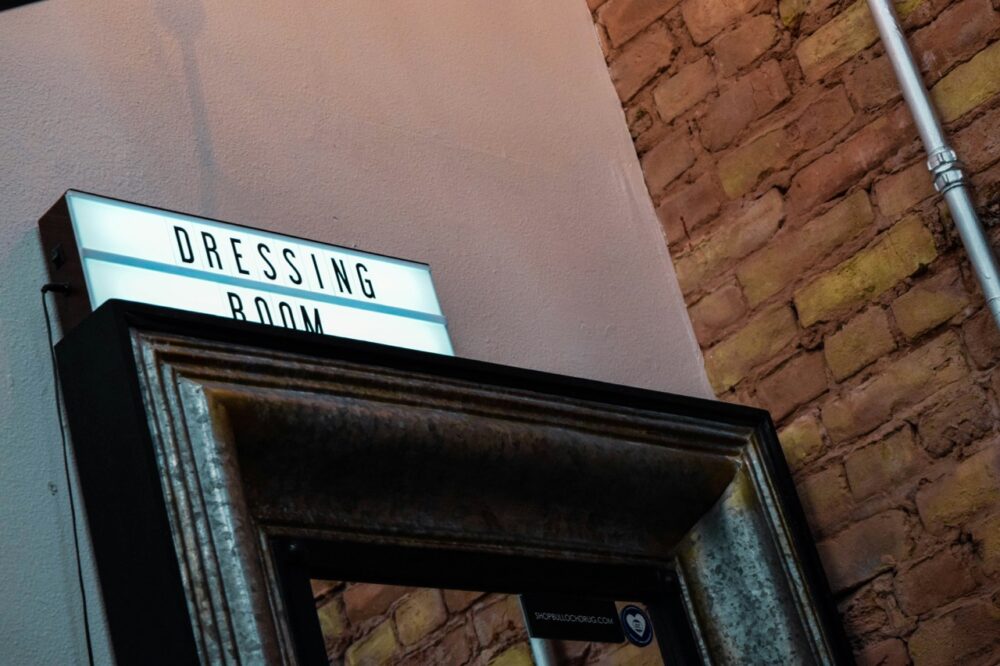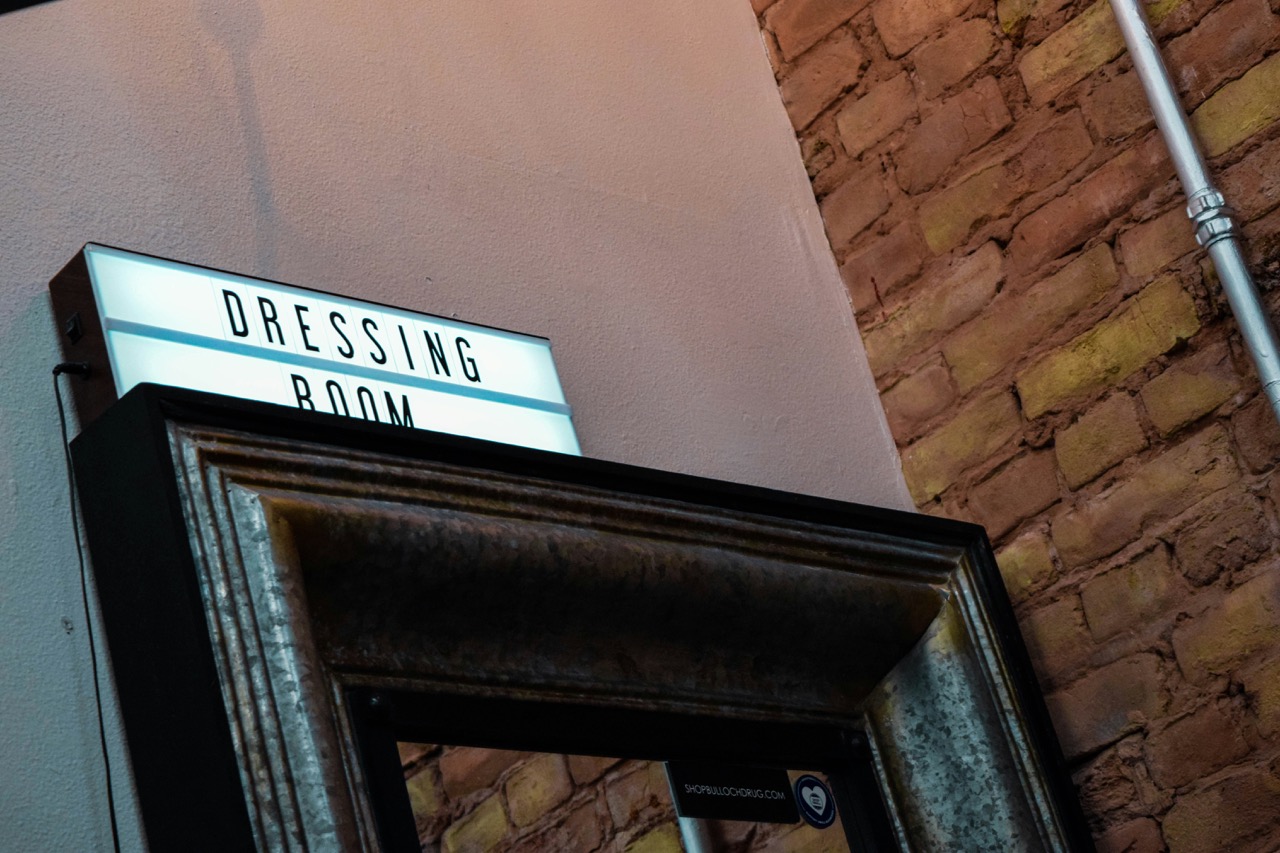As a timeless and versatile construction material, Brick has been the cornerstone of architecture for centuries. From the brick pathways that wend through quaint European towns to the vast brick walls of ancient forts, this material’s prevalence is a testament to its durability and aesthetic appeal.
However, while Wienerberger bricks boast a natural resilience, maintaining and preserving them is essential to ensure their longevity. This article delves into the essential tips and best practices for maintaining and preserving brick structures.

Understanding Brick Vulnerabilities
Before diving into maintenance practices, it’s crucial to grasp the inherent vulnerabilities of bricks. Bricks, being porous, can absorb moisture, leading to potential dampness and mold issues, especially in regions with frequent rainfall or humidity. Furthermore, although bricks are hardwearing, they aren’t impervious to environmental factors such as acid rain, pollutants, and freeze-thaw cycles, which can cause them to deteriorate over time.
Routine Inspection: The First Line of Defense
Regular inspections can preemptively identify signs of wear or damage. Factors to look out for include:
- Efflorescence: White, powdery substances that appear on brick surfaces due to water-soluble salts.
- Spalling: When the outer layer of the brick starts to peel off or chip due to moisture penetration.
- Mortar Deterioration: Over time, the mortar that holds bricks together can erode, compromising the structure’s integrity.
Identifying these issues early can prevent more extensive and costly repairs in the future.
Cleaning Practices
Cleaning bricks isn’t merely an aesthetic choice; it’s a preservation strategy. Over time, dirt, moss, and other debris can accumulate on brick surfaces, potentially trapping moisture and leading to decay. For a powerful and efficient cleaning solution, consider renting equipment from a trusted pressure washer rental company San Antonio TX. When cleaning:
- Avoid Harsh Chemicals: Strong acids or bases can damage bricks and mortar. Opt for gentler methods, such as soapy water or specialized brick cleaners.
- Soft Brushes Over High-Pressure: While high-pressure washers might seem efficient, they can erode the brick surface. Instead, use a soft-bristle brush for scrubbing.
Sealants and Repellents
Consider applying a breathable sealant to further shield bricks from moisture and other environmental factors. This acts as a barrier against potential damage and allows any trapped moisture within the brick to evaporate, preventing internal damage. Choosing the right type of sealant that doesn’t trap moisture within is essential, as this could exacerbate deterioration.
Repointing: Restoring Mortar
As previously mentioned, mortar can deteriorate over time. Repointing, the process of removing and replacing deteriorated mortar, can restore the structural soundness of a brick assembly. This is a skilled task, and it’s crucial to use the correct type of mortar that matches the original in composition, strength, and appearance. Incorrectly done, repointing can cause more harm than good.
Addressing Structural Issues
If a brick structure shows signs of settling, leaning, or any other structural issues, it’s crucial to consult with professionals. Addressing structural problems isn’t just about preserving the aesthetics of the building but ensuring safety.
The Role of Drainage
One of the foremost culprits of brick deterioration is poor drainage. Ensure that the ground around brick structures slopes away to prevent water pooling. Additionally, gutters and downspouts should be regularly checked and cleaned to direct water away from the brick facade.




















